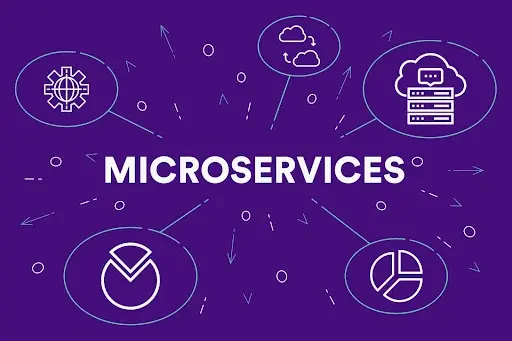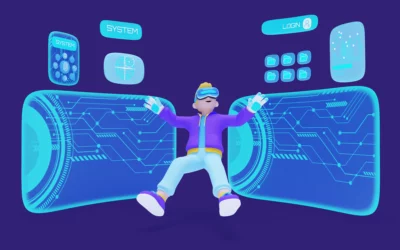Introduction
Welcome to our blog where we delve into the world of microservices and explore their potential to revolutionize the software development landscape. In recent years, microservices have gained immense popularity as a modern architectural style that offers increased agility, scalability, and flexibility. In this article, we will provide a comprehensive overview of microservices, their benefits, challenges, and best practices for successful implementation. So, let’s dive in and discover the exciting world of microservices!
Understanding Microservices
Microservices represent a software development approach where an application is divided into small, independent services that can be developed, deployed, and scaled independently. Each microservice focuses on a specific business capability and communicates with other services via well-defined APIs. This modular architecture allows for better maintainability, resilience, and rapid development.
Benefits of Microservices
- Scalability: With microservices, you can scale individual services based on demand, enabling efficient resource utilization and cost optimization.
- Agility: Microservices facilitate faster development cycles, as teams can work on different services simultaneously, promoting continuous integration and deployment.
- Flexibility: The modular nature of microservices allows for easy technology stack selection, making it ideal for organizations with diverse technical requirements.
- Fault Isolation: When a microservice fails, it doesn’t affect the entire system, thanks to the loose coupling and independent deployment of services.
- Enhanced Resilience: Microservices promote fault tolerance and resilience by incorporating redundancy and graceful degradation mechanisms.
Challenges and Considerations
While microservices offer numerous advantages, they also come with particular challenges that must be addressed:
Distributed Complexity:
Developing and managing a distributed system brings complexities regarding coordination, data consistency, and network communication.
Service Coordination:
Effective service coordination requires careful planning and implementation, such as managing inter-service communication and ensuring transactional integrity.
Monitoring and Debugging:
Monitoring and debugging in a microservices environment can be challenging due to the distributed nature of the system. Proper logging, tracing, and monitoring tools are essential.
Data Management:
Handling data across multiple services requires careful consideration of data consistency, synchronization, and access control mechanisms.
Best Practices for Successful Implementation
Service Design:
Define clear boundaries and responsibilities for each microservice, focusing on business capabilities. Use domain-driven design principles for better service modeling.
API Design:
Design robust and versioned APIs with well-defined contracts to ensure loose coupling and flexibility.
Continuous Integration and Deployment:
Implement automated build, test, and deployment pipelines to achieve rapid and reliable delivery of microservices.
Service Discovery and Communication:
Utilize service registries, load balancers, and message brokers to enable service discovery and reliable communication between microservices.
Fault Tolerance and Resilience:
Implement mechanisms like circuit breakers, retries, and fallbacks to handle failures and gracefully degrade service functionality.
Conclusion
Microservices have emerged as a game-changer in the software development world, offering unprecedented agility, scalability, and flexibility. While adopting microservices presents challenges, the benefits outweigh the complexities when implemented with careful planning and best practices. By embracing microservices, organizations can unlock new opportunities for innovation, efficient development, and improved system resilience.




